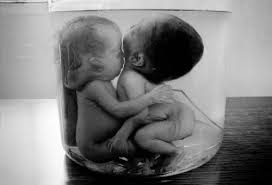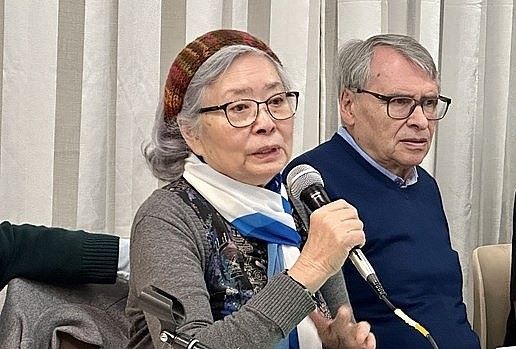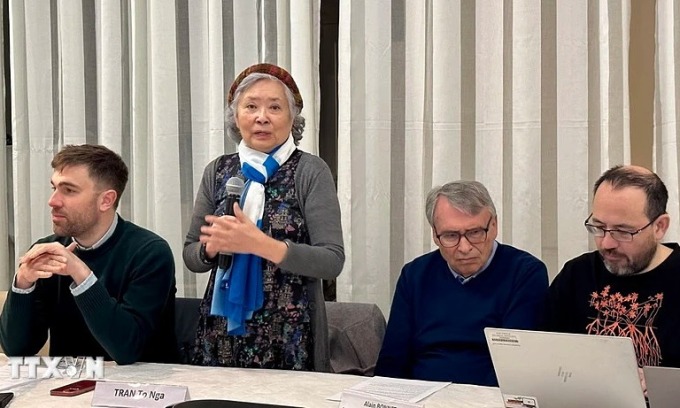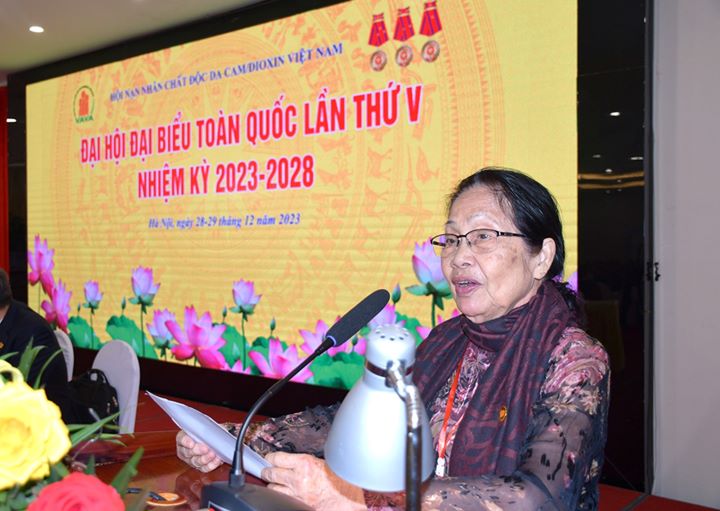February 2, 1962
The first herbicide-carrying C.123 plane had an accident in Vietnam
The Ranch Hand crew including Captain Fergus C. Groves, Deputy Captain Robert D. Larson and staff sergeant were killed during a training flight on a C.123 transport aircraft.
February 3, 1962
A Buffalo Turbine and herbicide sprayer was received by the 31st Tactical Area at the Combat Capability Development and Experimentation Center to carry out 20P work on Bien Hoa hill, Tan Phong forest.
February 8, 1962
Room 3/General Staff assigned to the Operational Command the photos of National Highway 20, National Highway 13, National Highway 14, Hai Yen Special Area (An Xuyen Sub-area, Ca Mau Province), Tuy Ha Citadel, Bien Hoa Base 2 (Tan Phong forest). Representatives of UB.202 discussed with representatives of the Operations Command about 6 targets: National Highway 1, National Highway 14, Hai Yen Special Area, Tuy Ha Citadel, Bien Hoa Base 2, Nhan Co Airport (Quang Duc Sub-area, Dak Nong Province ).
February 10, 1962
President Ngo Dinh Diem announced that: The United States and his administration have built a program to test toxic chemicals used in the Vietnam War that plans to use pesticides to establish "white belts" along the borders of Vietnam-Laos, Vietnam-Mien, along the strategic roads from Saigon to Vung Tau and War Zone D.
February 10, 1962
Reaction of the world press
Using professional measures, the Chemical Guard soldiers discovered a place with CS-containing ammunition buried deep underground.
From the day they landed in Vietnam in January until mid-February, these three aircraft participated in experimental defoliation missions. As expected, the reaction of the Communist press around the world and of the Viet Cong in particular appeared immediately and strongly. After the initial missions, operations were paused for assessment. MACV Command and the Government of the Republic of Vietnam were very satisfied, but the results showed that the sprayed targets were not representative for all types of plants throughout the territory of Vietnam.

On February 10, the US Joint Chiefs of Staff (JCS) "closely" reviewed all operations and requested the Pacific Command to provide a detailed report. Many experiments continued until March with the participation of the ARVN’s Air Force with a C.47 aircraft and many H.34 helicopters. Not only conducting experiments with many types of plants, but also testing spraying tactics, procedures for pumping chemicals onto aircraft and equipment, and establishing procedures for selecting targets and approving spraying missions. Among the first missions of Operation Ranch Hand, an aircraft and its crew were lost. One of the three planes docking at Clark was sent as a replacement. Then in March 1962, the remaining two C.123 aircraft also arrived in South Vietnam to participate in Operation Ranch Hand.
February 11, 1962
110,000 gallons (equal to 413,380 liters) of Agent Purple were shipped to Vietnam. Those are barrels of defoliation chemicals for the US Military’s Operation Ranch Hand. Later official US documents dated 1962 to the beginning of the chemical war in the Vietnam battlefield. But as mentioned above, this chemical war had been kicked off nearly half a year earlier.
A US Air Force unit - the 12th Ranger Squadron of the 309th Airlift Wing - was assigned the task of spraying pesticides. However, in the beginning, the US Government tried to hide the truth by all means. The US Air Force planes deployed for this mission were painted with the three-stripe flag of the Republic of Vietnam, and the pilots were ordered to wear civilian clothes when performing defoliation missions. The US government wanted the Ngo Dinh Diem counterpart to declare that these substances do not cause any harm to human health.
There is no document explaining the meaning of the words Ranch Hand. Military personnel participating in the operation wore a circle badge with the word Ranch Hand printed around, with a Chinese character in the middle - the character Zi, meaning purple, the color of the Agent Purple, the codename of the herbicide mixture whose composition includes: 50% n-butylester of 2,4-D; 30% n- butylester of 2,4,5-T and 20% n-lsobutylester of 2,4,5-T.
From the day they landed at Tan Son Nhat airport in January to mid-February 1962, these three aircraft participated in experimental clearing missions along communication routes. Not only did they conduct experiments with many types of plants, but they also experimented with spraying tactics, the sequence of steps to pump chemicals onto aircraft and equipment, and established procedures for selecting targets and approving flight routes. As expected, the reaction of the Communist press around the world and the Viet Cong in particular was immediate and strong.
February 1962
History clearly shows that chemical spraying and crop destruction programs were primarily aimed at forcing farmers to move from their homes to areas where they can be controlled. The idea of forcing people to flee the National Liberation Front by destroying crops and defoliating was accepted right from the beginning of the war. An American intelligence officer reported on the results of chemical spraying missions in February 1962 on a number of residential areas in the Mekong Delta: "During the period from January to May 1963, a group of 112 people surrendered to the Saigon government in An Xuyen province. Although at first they were considered Communists, the government later considered only 9 of them to be guerrillas of the National Liberation Front. These people surrendered because of fearing the consequences of the Ranch Hand missions.
Va Va



_thumb_720.jpg)








_thumb_720.jpg)



















Comment